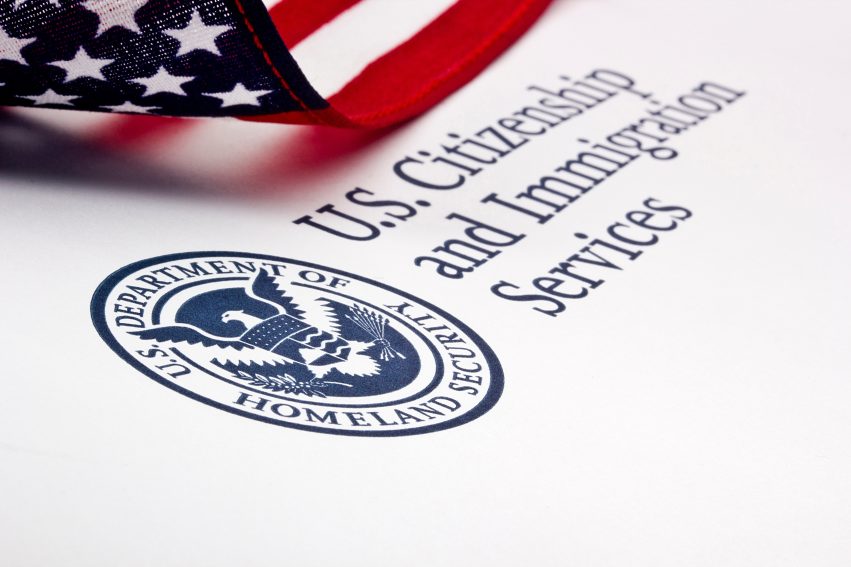The U.S. Citizenship and Immigration Services (USCIS) announced that the fiscal year 2026 H-1B cap initial registration period will open at noon Eastern on Friday, March 7, 2025, and run until noon Eastern on Monday, March 24, 2025.
The H-1B process allows U.S. employers to hire a set number of skilled foreign professionals when they are unable to hire citizens with the same skills. The USCIS limits H-1B visas to 85,000 each year — 65,000 for applicants with bachelor’s degrees or equivalent, and 20,000 for those holding a master’s degree or higher. Additionally, 6,800 H-1B visas out of the 65,000 are reserved for applicants from Chile and Singapore.
A online USCIS account is required to register beneficiaries, and employers petitioning on behalf of a registrant can create a myUSCIS account at any time. Representatives can also add clients to their accounts, but both representatives and registrants must wait until March 7 to enter beneficiary information and pay the registration fee. Also, remember the USCIS’s new fee schedule went into effect in April 2024, so registration has increased from $10 per beneficiary to $215.
If enough unique beneficiaries are received by March 24 — and there usually is — the USCIS will randomly select beneficiaries with the intent to notify prospective petitioners and representatives of their selection by March 31.
Additionally, due to the volume of previous H-1B registrations, the U.S. Department of Treasury has temporarily approved an increase for the daily credit card transaction limit, raising it from $24,999.99 to $99,999.99 per day. Payments of more than $99,999.99 can be made through the Automated Clearing House (ACH).
The USCIS notes that several organizational account enhancements have been made for fiscal year 2026, including:
- The ability for paralegals to work with more than one legal representative, allowing them to accept invitations from multiple accounts for the preparation of H-1B registrations, Form I-129 H-1B petitions and Form I-907 requests;
- A streamlined way for legal representatives to add paralegals to company clients;
- The pre-population of certain Form I-129 fields from selected H-1B registrations; and
- The ability to prepare a spreadsheet of H-1B beneficiary data and upload the information to pre-populate data in H-1B registrations.
The USCIS H-1B Electronic Registration Process has additional resources and frequently asked questions.
Eyragon Eidam, Managing Editor, CalChamber
CalChamber members can read more about the H-1B Visa in the HR Library. Not a member? Learn how to power your business with a CalChamber membership.


